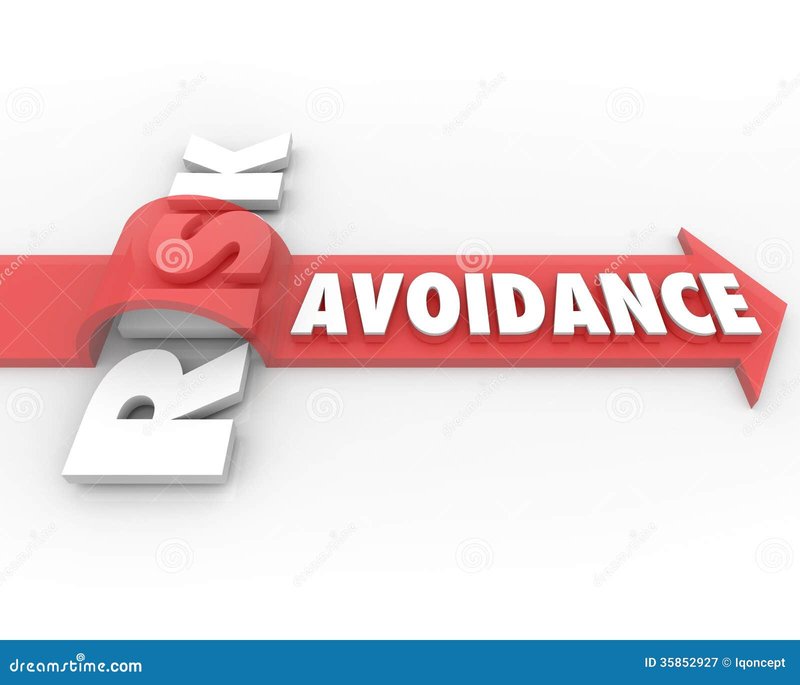
Honestly, keeping your GE oven or range working under warranty isn’t rocket science, but it does require a bit of care and attention. Think of it like following a recipe: skip a key step, and the dish might not turn out. Here’s the thing—knowing what not to do is just as important as knowing how to use your oven. I’ll walk you through exactly what can trip you up, and how to avoid those warranty pitfalls so your appliance stays protected.
Understanding What Your GE Warranty Covers—and What It Doesn’t
Before you dive into the do’s and don’ts, it helps to understand what a typical GE oven or range warranty covers. Usually, the warranty protects you from defects in materials or workmanship. That means if something breaks because it was poorly made or assembled, GE steps in to fix or replace it. But the warranty generally doesn’t cover damage caused by user error, accidents, or unauthorized repairs.
Here’s the tricky part: many people think that just having a warranty means everything is covered. Not so. If you try to fix your oven yourself or use parts that aren’t authorized by GE, you could void the warranty faster than you might imagine. Imagine if you tried swapping your car’s brake pads with some random brand—your car manufacturer wouldn’t be too happy, right? The same logic applies here.
Also, warranties often have specific instructions about installation, maintenance, and use. Ignoring these can cause issues—even if your oven hasn’t technically “broken” yet. So, reading your warranty terms carefully is like reading the instructions for a new gadget: it’s not the most thrilling read, but it’s necessary if you want to keep things running smoothly.
Keep Your Installation Professional to Protect the Warranty
Here’s where a lot of people stumble. You might think, “I can install this GE range myself; it looks easy enough.” Sure, but installation issues are one of the top reasons warranties get voided. GE strongly recommends professional installation for a reason. The wiring, venting, and gas connections all need to comply with safety codes and manufacturer specifications.
If your oven or range isn’t installed correctly, not only can it behave unpredictably, but it might also cause safety hazards like gas leaks or electrical shorts. More importantly, if something goes wrong because of bad installation, GE’s warranty won’t cover it. You might end up paying a hefty repair bill.
To avoid this: Hire a certified technician or use GE’s recommended installers. Keep documentation of the installation, like receipts or service records. This paper trail can come in handy if you ever need to claim warranty service, proving you followed the correct steps.
Avoid Unauthorized Repairs and Using Non-GE Parts
Imagine your oven stops heating properly, and you Googled a quick fix that says “just swap the heating element.” Tempting, right? But here’s the catch: if you try to do repairs yourself or hire someone who isn’t authorized by GE, you risk voiding your warranty immediately.
Using non-GE parts or “unofficial” replacements is another common trap. Those parts might be cheaper, but they aren’t tested or approved by GE, which can end up causing more damage. Plus, many warranties explicitly say that using unauthorized parts will void coverage.
Pro tip: If your oven needs repairs, call GE customer service or an authorized service provider. Even if you decide to troubleshoot small issues yourself—like resetting a control board—it’s smart to check the warranty terms first. Some basic actions, like resetting or syncing the remote control (if your appliance has one), usually don’t affect the warranty. But deeper repairs absolutely do.
Regular Maintenance Is Key: Don’t Let Little Issues Snowball
You might be surprised how much skipping routine maintenance can risk your warranty. It’s like ignoring your car’s oil change—small neglect can lead to big, costly problems. GE ovens and ranges require some upkeep, like cleaning filters, checking for gas leaks, and making sure vents aren’t blocked.
Failing to maintain your appliance properly can cause damage that isn’t covered by the warranty. For example, food spills left to bake onto heating elements, or a clogged vent that causes overheating, might be seen as user neglect. And honestly, no company wants to cover repairs for issues that could have been avoided.
Here’s what to do:
- Follow the cleaning instructions in your user manual carefully.
- Schedule regular professional check-ups if possible.
- Keep an eye on unusual noises, smells, or performance dips, and address them quickly.
That way, you prevent small glitches from turning into warranty-denying disasters.
Be Careful With Your Oven’s Digital Controls and Sync Features
Many modern GE ovens and ranges come with digital controls, touchpads, and even remote syncing capabilities for smart cooking. These features are great, but they also introduce new ways to accidentally mess things up.
For example, if you try to “hack” the control code, reset the system improperly, or flash unauthorized software, you could break something inside the oven’s electronic system. That doesn’t just cause headaches—it can also invalidate your warranty because it counts as tampering.
If you have a smart range that connects to an app or remote control, stick with the official GE app or remote. Don’t try to pair it with third-party remotes or devices unless GE explicitly supports that. And if you run into syncing issues, use the recommended troubleshooting steps instead of experimenting with random resets or resets of the control board.
Don’t Ignore the User Manual: Your Warranty’s Best Friend
You might think the user manual is just a boring booklet, but it’s actually packed with info that protects your warranty. It gives detailed instructions on how to use your GE oven or range correctly, what maintenance to perform, and what exactly counts as misuse.
If something does go wrong and you contact GE support, having followed these instructions can make the difference between a hassle-free warranty claim and a denied one. The manual also often explains how to perform safe resets or troubleshooting without risking warranty coverage.
Strong advice? Keep your manual handy, either in hard copy or digitally. Highlight or bookmark the warranty-related sections. When in doubt, refer back before taking any repair or maintenance actions.
Document Everything: Receipts, Repairs, and Support Calls
Here’s a not-so-glamorous but absolutely essential step: keep good records. Having a clear paper trail can save your warranty claim, especially if you ever need to prove you followed the rules.
Keep your purchase receipt, installation invoices, and any repair or maintenance records. If you had a GE-approved technician out, save those receipts too. If you ever call customer support or schedule a service visit, jot down the date, person’s name, and what was discussed.
This documentation acts like your warranty’s “proof of life.” Without it, GE might assume you didn’t follow the terms and deny your claim.
| Document Type | Why It Matters | Example |
|---|---|---|
| Purchase Receipt | Confirms warranty start date and model details | Shows you bought a GE oven in 2023 from an authorized dealer |
| Installation Invoice | Proves professional setup meeting warranty terms | Receipt from a certified technician installing the gas range |
| Repair Records | Shows authorized repairs done, avoids claim denial | Service report for replacing a faulty heating element |
Wrapping It Up: Keeping Your GE Oven Warranty Safe Is Totally Doable
Look, I get it—warranty fine print can feel like a nasty puzzle you never wanted to solve. But the truth is, staying within your GE oven or range warranty is mostly about common sense and taking some simple steps. Don’t cut corners on installation, avoid unauthorized repairs, stick to recommended maintenance, and use your oven’s smart features the way GE intends.
If you treat your appliance with a little respect and keep track of what you do, your warranty will be your safety net—just like it should be. So next time you’re tempted to DIY a fix or “go rogue” on a part swap, remember: the peace of mind your warranty provides is worth a few extra minutes of caution.
Keep your oven cooking happily, and your warranty intact. That’s a win-win.
